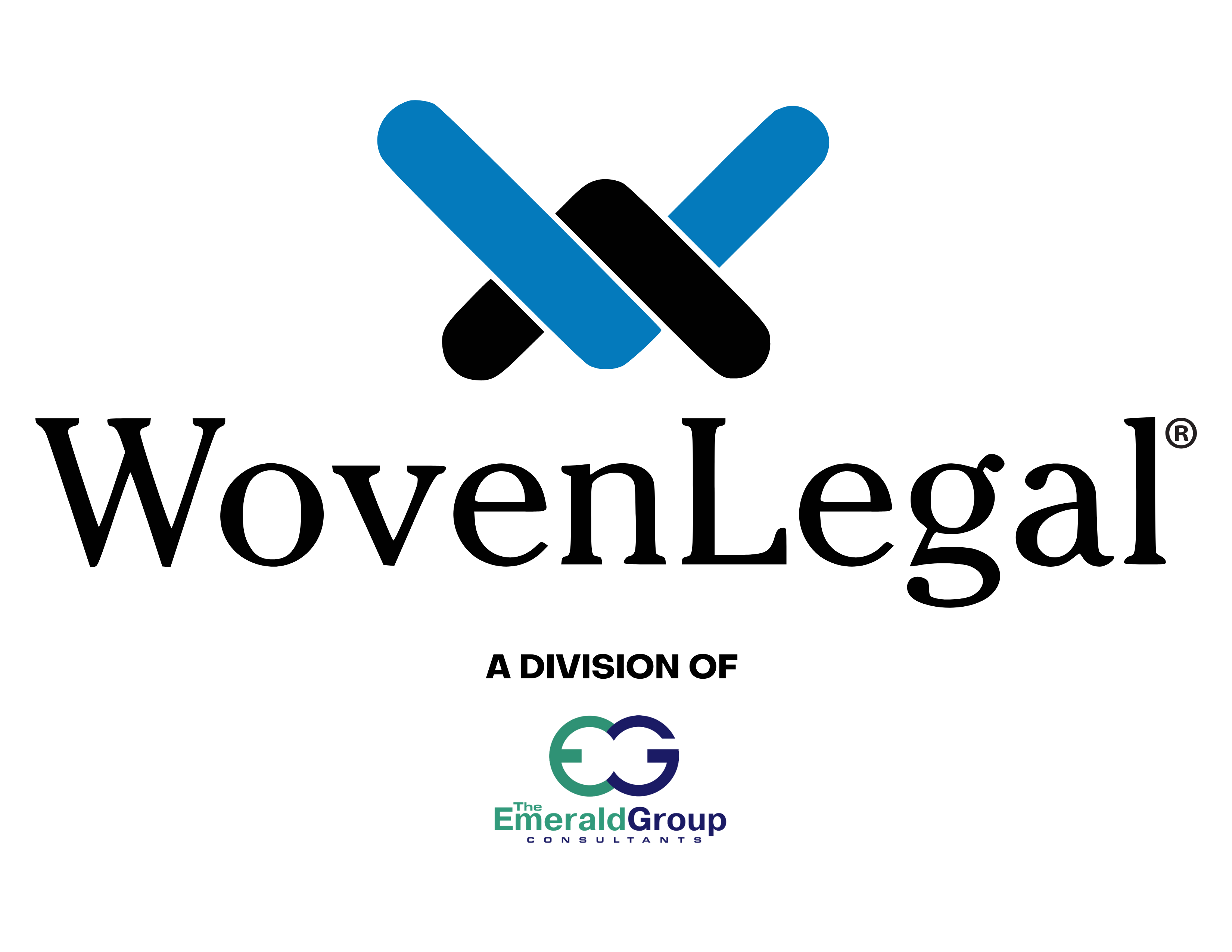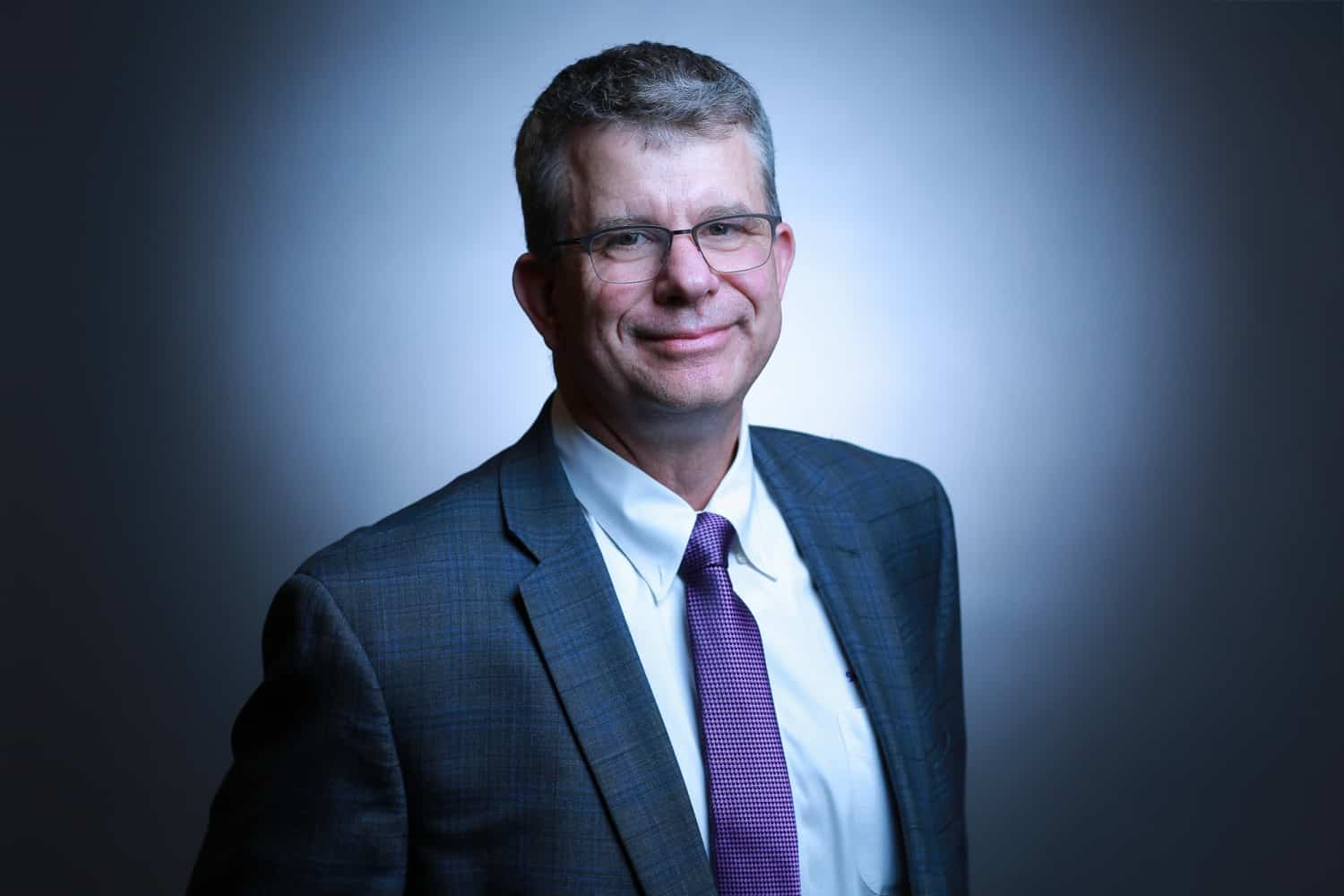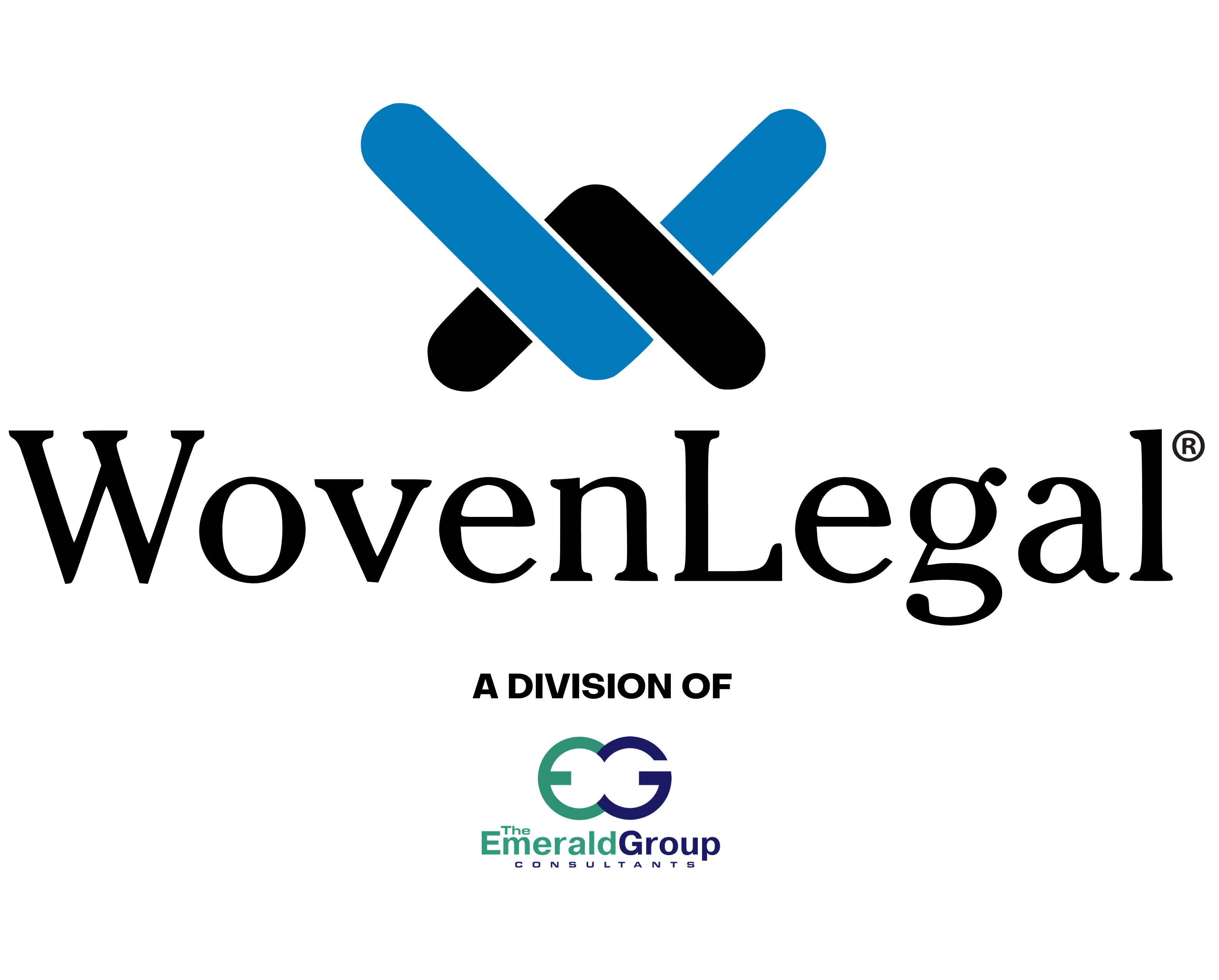The first thing I noticed when meeting Paul more than ten years ago was his stature. At almost 6’3″, he towered over me. Nonetheless, Paul’s kind demeanor and lack of pretense almost belied the vast technical knowledge and eDiscovery experience he possesses. I initially connected with Paul all those years ago for assistance with a Forensic Collection project – since he was known in my circle as the go-to expert for all things related to ESI. Shortly thereafter, I joined that company (business development) where Paul was a Partner and COO.
Several acquisitions later, Paul is now COO at SullivanStrickler, providing Forensic Collection Services, eDiscovery Processing and Review Support, and Legacy Data Managed Services to the nation’s Legal, Corporate and Governmental communities.
MG: Do you remember when I first entered your office and saw your “COO” plate on the door?
PM: Yes, (laughing)…you said, “If you keep working at it, you’ll add that L in no time!” pointing to my title.
MG: Yes, I did. I’m glad you remember.
MG: Your experience in eDiscovery goes back a long way. Can you share a bit about your involvement in 2002 with the renowned case, Zubulake v. UBS Warburg, in New York? Readers may be familiar with it, but for review, it is considered the landmark eDiscovery case/ruling regarding communication, sharing, and production of electronically stored information (ESI). In fact, I believe the outcomes from the case continue to serve as the backbone for all ESI discovery, correct?
PM: Yes, in 2002, I worked as part of a team that had developed a process to restore email data from backup tapes. The case asserted that Laura Zubulake was terminated due to gender and not job performance, as UBS cited. The defense said they couldn’t produce documents and emails because they were backed up in outdated tape archives. UBS also deleted emails and other information with the intent, the judge determined, of hiding details they knew to be damning. The work we were able to do, specifically the restoration of the backup tapes that stored email data that was initially believed to be difficult and cost-prohibitive to recover, and produced most of the documents in question, bringing to light most of the critical evidence in the case.
MG: How did that experience shape your approach to forensic collections and eDiscovery as a whole, which is a large part of the services you offer at SullivanStrickler today? Do you often see one common misstep when attorneys are preparing for a 26F meeting, for example?
PM: When I look back at work we did on that matter, the main thing I take from it was that it was new to us, the legal teams, the Plaintiffs and Defendants, the IT staff, everyone. The initial request was that they wanted to access the email data that they believed to be backed up on these tapes. From there, we just asked what they needed next, searching the email data, reviewing the responsive messages, selecting the relevant items while removing privilege, then producing the results. That is how we all learned.
If I had to identify a critical misstep, it would be self-collection or just not being familiar with the process. We hope that once we can go through the learning process together, they come to trust us, know what to expect next time and become long term clients.
MG: Talk to me about SullivanStrickler’s most common forensic project and how it benefits clients and law firms.
PM: Over the last few years, we have seen more and more Employment Law Firms (and their client companies) require new employees have their personal computers and phones forensically collected and searched before their official start date. If an employee leaves Company A, for example, and is hired by Company B, Company B, and their Law Firm, hire SullivanStrickler to image the employee’s laptop hard drive and mobile device and then searches, copies off, and removes any of Company A’s data. SullivanStrickler then turns over all the collected files to Company A, along with a Chain-of-Custody, so there is no question of improper usage or sharing of Company A’s proprietary information. We call this service ‘Defensible Deletion.’ It probably prevents about 99% of Company A’s incentive to sue Company B because efforts have been taken to avoid wrongdoing or data theft.
MG: And now, can you tell me about the Legacy Data Services you offer? I always think of Lotus Notes and old system files when I’ve read about Legacy Data.
PM: Yes, that’s one aspect. Legacy Data can reside in many areas, such as old archive systems, databases, and backup tapes. We restore all types of email systems such as MS Exchange and Lotus Notes, Oracle databases, file systems – any files that have been or need to be backed up for regulatory, disaster recovery or just to have their data retrievable. Clients call us to bring their data – sometimes the actual physical databases (still in server racks) – removed from their location to our site and place them in our vault. We give clients remote access and maintain it all, so clients no longer have to worry about keeping an Oracle database administrator on hand, for example, to support it.
MG: Okay, so I didn’t envision this at all. I pictured the process looking more like eDiscovery: collecting data, processing what was needed, and hosting it. But, that’s not correct, is it?
PM: Somewhat. And, that’s the other aspect of Legacy Data Management we offer. Clients call us to restore email files, for example and load them into an indexable database to locate their info more readily. For example, we provide this service for a large entity with email backups going back to 2008. There were probably half a dozen different archive systems used within that time. This meant the client’s emails were housed in numerous locations and were unretrievable without switching back and forth between the various archives. This was a frustrating and time-consuming situation. So, they asked us to restore the email archives and maintain them. Now, when they need to go back and conduct a search for some investigation, for example, they provide names and keywords for a search, and from a single source, we can search all the emails during that time, and we produce just the data they need to complete their review for the legal matter. It’s much quicker and more efficient.
MG: But, what about cost? I know your services are sometimes compared with Iron Mountain. Is that a competitor? Can a comparison be made?
PM: Well, yes, Iron Mountain stores physical media (hard drives, backup tapes, …), and so do we. But, whereas in addition to physical media storage, they charge for the handling, retrieval, and delivery of that media, we do not. If clients are looking to decrease storage costs, they may ask us to catalog their data and reduce it by keeping only what they need. Then, we place it in our HAV (High Availability Vault) and give clients access to search their archive contents whenever needed to find files in hours instead of days or weeks. We’ve done this for worldwide clients actually, and are one of the only companies that offer this service.
MG: We often joked that you were the Phone-a-Friend (Cash Cab reference) needed when technical questions – even obscure ones – arose outside our (Sales Rep’s) experience. You almost always knew the answer and could break it down in an easily understandable way. Has that always been easy for you – explaining complicated info and details?
PM: I actually do often think of it in those terms (Phone-a-Friend). When an attorney or paralegal calls with a question for me, I try to give a short and sweet response, getting to the facts and details quickly, so they have their Final Answer and are confident in that choice. If need be, I can fill in any holes, provide stats to their understanding later as they need them.
MG: You often use incredibly relatable analogies.
PM: That’s right. The way I learn is to associate the problem to things I am familiar with, to see it visually so if I can share the visual: a movie reference, a current event, sports, whatever, it helps me explain the answer to people who may have no background (on the topic) to pull from.
PM: The other thing is, and you’ve heard me say this (laughing), I’ve been in this (legal technology) business a long time, so when a problem comes to me – and let’s say there are 100 buttons, but only one is correct, I’ve more than likely pushed the other 99 wrong ones. Those mistakes, pushing the wrong buttons, were challenging at the moment, but the advantage was the experience has given me a better understanding – and more gray hair.




Comments are closed